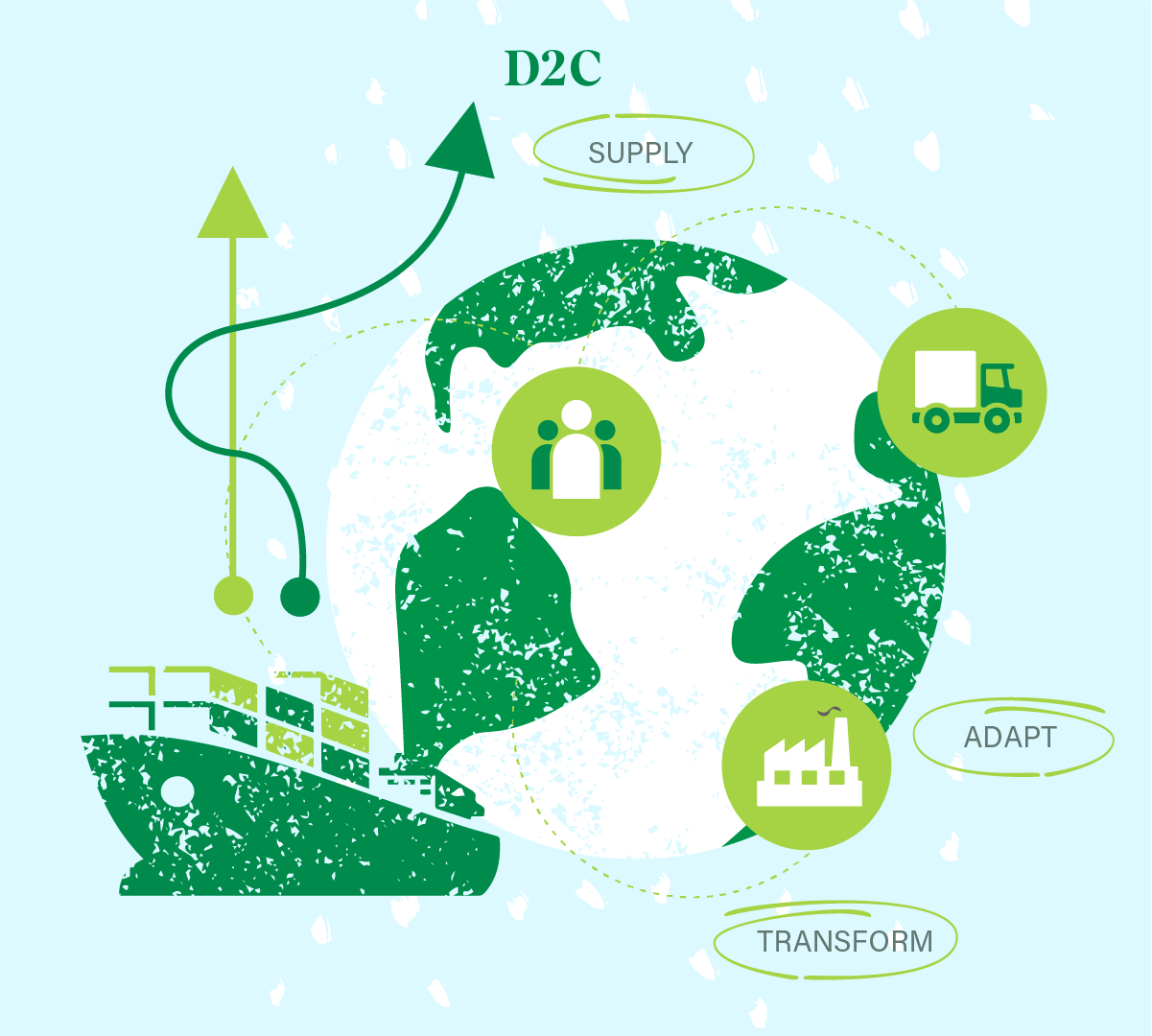Selling direct to the consumer
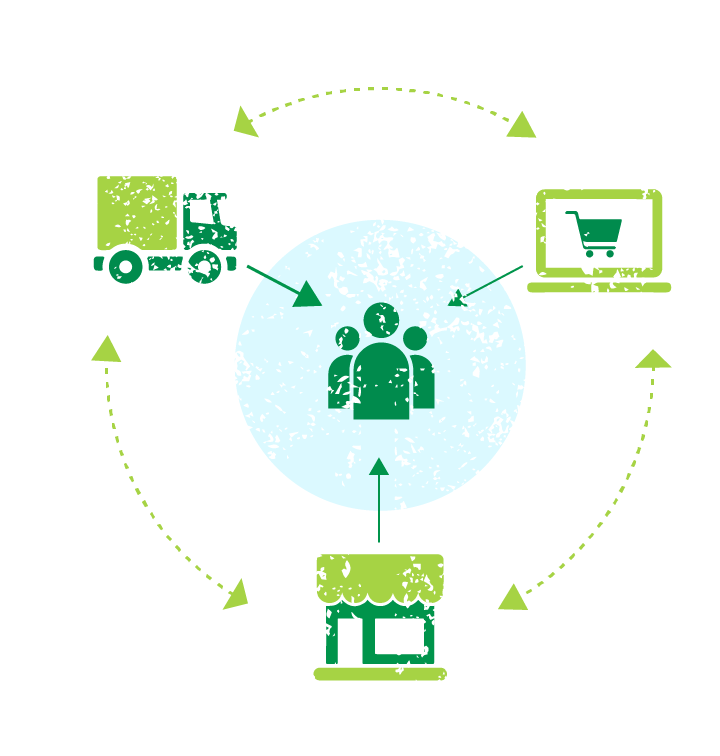
Securing the right senior talent to transform your business for the ‘new normal’.
For tech and manufacturing companies, supply chain issues have been having a significant impact on profit margins for the past two years. So how do you turn this problem into a positive? We take a look at the opportunities that exist in a potential transition to a D2C approach, and the importance of finding the right senior talent to manage the transformation.
If you are in the business of manufacturing you will almost certainly be sourcing materials from overseas, whether that is the entire product itself, or the smallest of components. With so many manufacturers reliant on importing goods, it was inevitable that the COVID pandemic and the ensuing lockdowns would have an impact.

Skyrocketing shipping costs

For every challenge there lies an opportunity, so as supply chains suffered, shipping companies seized the chance to increase their prices. While this is to be expected to a certain degree, the situation was soon exploited, with some companies raising their fees six fold.
In response to this, for a while manufacturers kicked back by attempting to switch to supply chain by train, but this too was fraught with COVID-related issues and proved unreliable. Therefore companies have by and large reverted back to shipping for its comparative logistical efficiency and ease.
Supply chain challenges
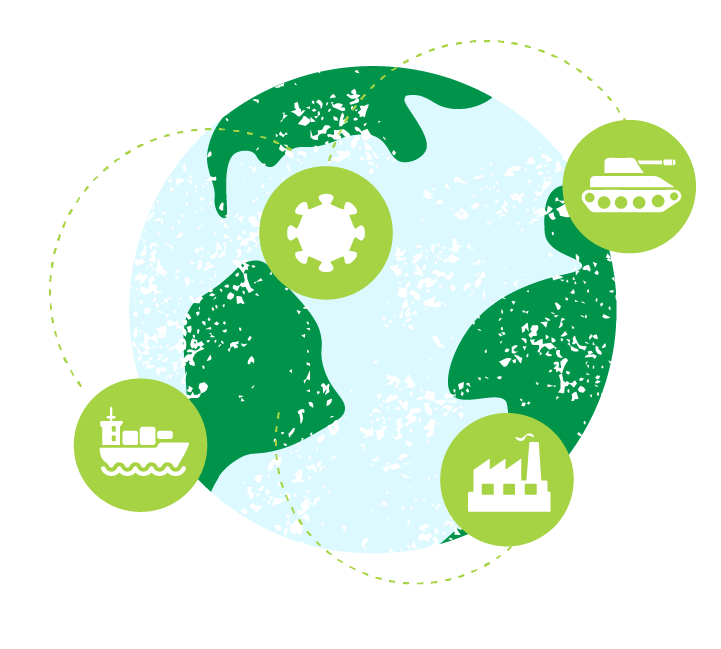
Whilst COVID has been significant, it has not been the only problem. Supply chain hold-ups and costs have also increased due to Brexit, the Suez Canal incident and the war in Ukraine.
To further exacerbate the issue is a scarcity of certain materials needed for product components, along with fears of illegally imported goods.
As a result of these various supply chain issues it is becoming increasingly harder, and more expensive, to get hold of products or components beyond a certain level of complexity. Thereby causing an impact on the bottom-line and waiting-time woes for consumers.

Stick or switch?

Every business knows that there comes a time where there is no choice but to adapt.
In the face of the ongoing supply chain problems and increases in related costs, some start-ups have struggled to manage the reductions in margins, ultimately losing the battle due to cash-flow issues and lack of contingencies.
On the other hand, some have been able to pivot the price-point of new product launches with the consumer being none the wiser.
Mitigating rising supply chain costs

Some larger companies have been able to sit-tight and absorb the additional costs, or have a global operation that reduces the supply chain impacts. In other cases, businesses have switched to a multi-source model, pulling in components from a broader range of suppliers rather than trying to source everything from one place. In some cases, a shift towards more local sourcing has been adopted, which comes with a price tag.
In a more transparent and bold marketing move, Sonos announced a price hike expertly managed by their PR team complete with justifications and explanations to cushion the consumer blow.
However, with all these approaches viable in some cases, possibly the most effective way of mitigating the climbing costs caused by the supply chain crisis is to take your products direct to consumer.
Securing the future
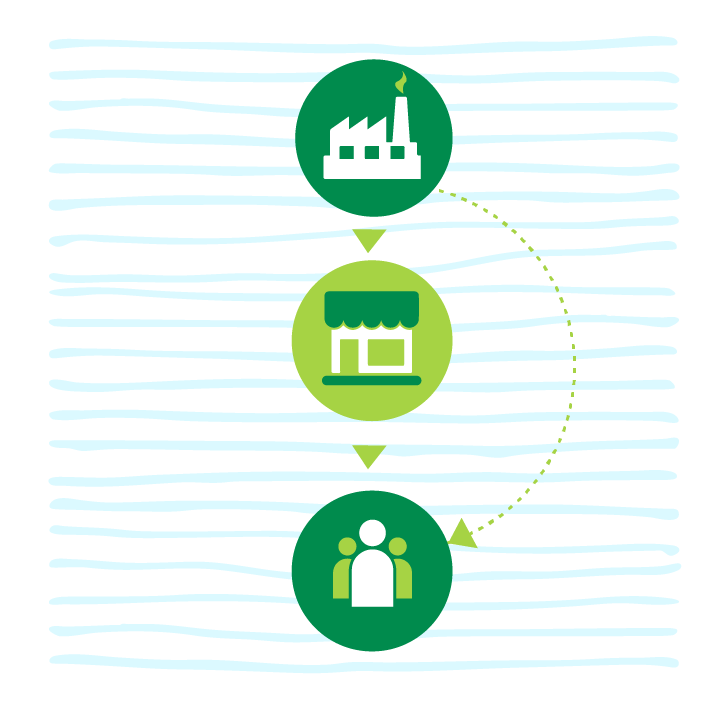
As a tech company or product manufacturer, your experience in selling your goods will most likely have been on a B2B basis.
With fading margins and a growing requirement to reverse the trend, cutting out the middle man and selling direct to consumer could be the strategic adjustment you need to future-proof your business.
This shift in approach also provides you with the potential to harness the emerging trend for experiential shopping without physical stores, something that the pandemic accelerated.
By adapting your business model to include selling your products direct to consumers, you can claw back some of the costs associated with the ongoing supply chain obstacles. It will also enable you to take more control over your product and brand positioning.

Hiring talent for a D2C transition
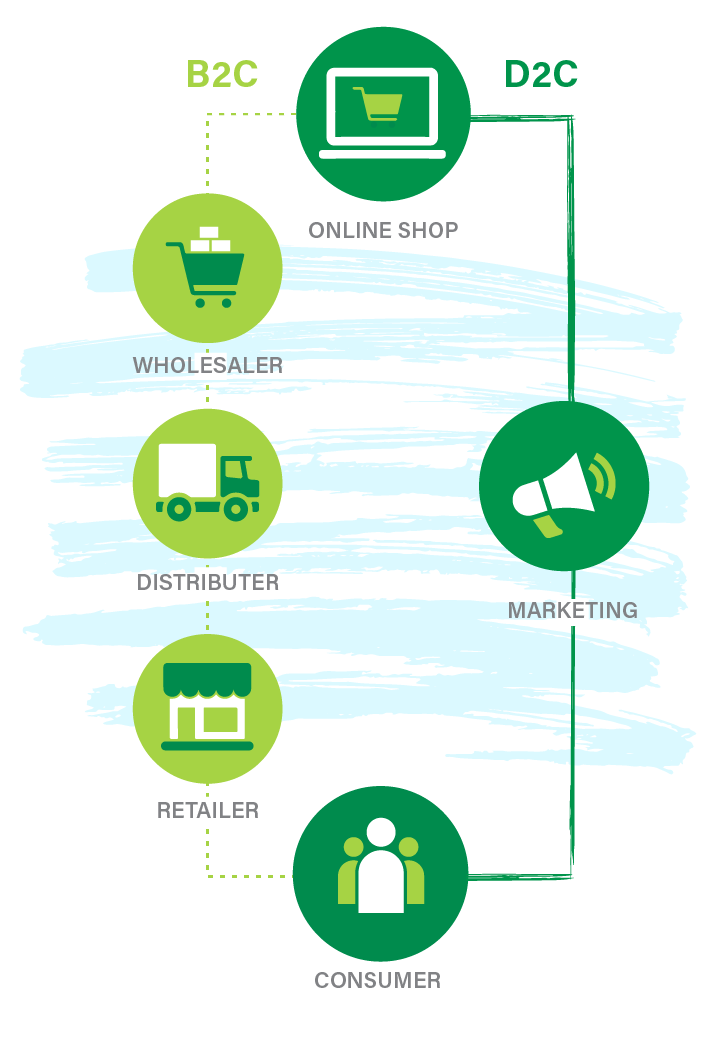
For many businesses, the leap into B2C activity will require some additional internal support. Not just within existing departments, but in some cases, in the creation of an entirely new department which will need building from the top down.
This means hiring senior tech talent who can take your new D2C strategy and put the right team in place to implement the changes and manage product roll-outs in-line with your new approach.
For some businesses, especially those who manufacture products such as consumer electronics, there has been a strong move towards taking control of their own digital sales channels. This is something we will continue to see as companies adjust to compensate for the supply chain issues they are facing.
Whether you already have some level of D2C sales or if you are starting from scratch, it is likely that you will want to approach this from both a direct digital sales platform and other facilities, such as Amazon, eBay and Etsy. This requires experts in these specific fields, along with experienced leaders who can oversee the entire digital operation.
If you do not have an existing digital or e-commerce team, Ernest Hunter Green can help you to assess your current resources and identify the right talent in complete confidence, driving a new era of D2C selling that will help to futureproof your business.
We have all had to adapt to the ‘new normal’ in some ways. The supply chain issues triggered by the pandemic and compounded by other local and global issues have led to an inescapable requirement to improvise, adapt and overcome.



